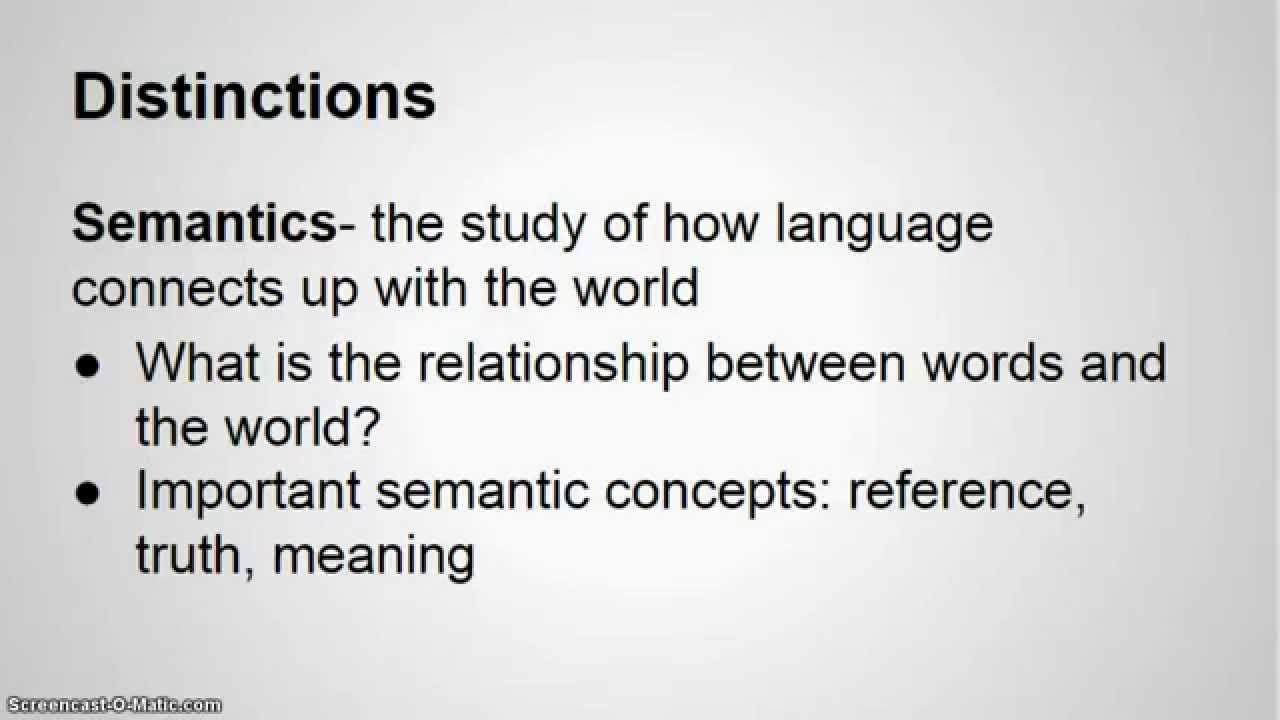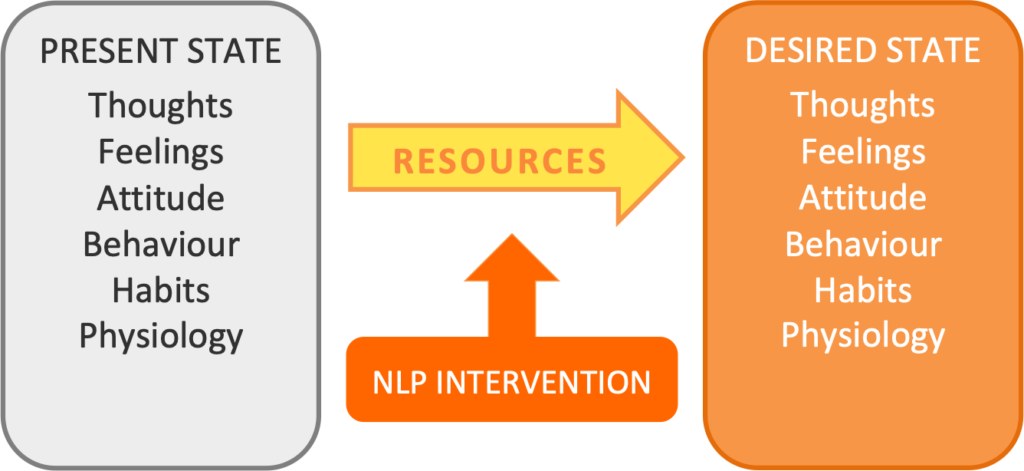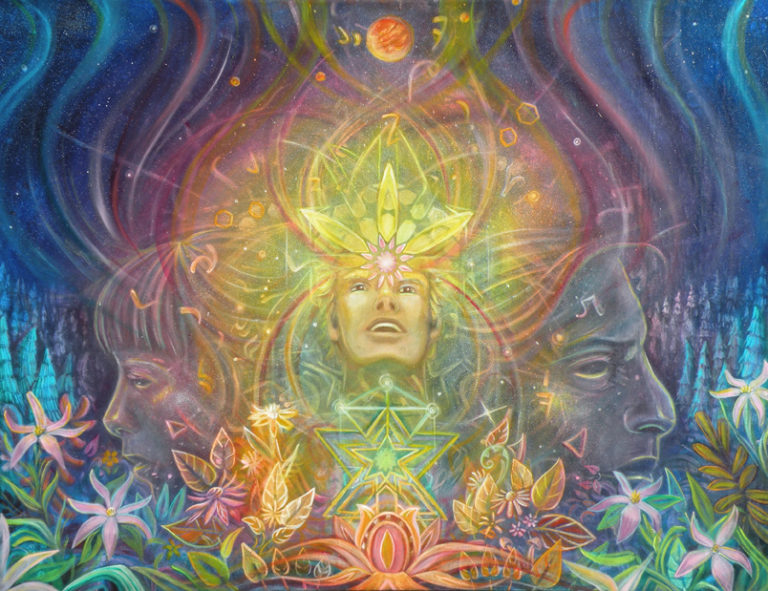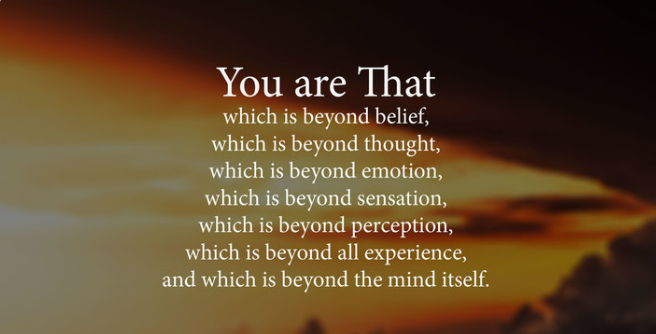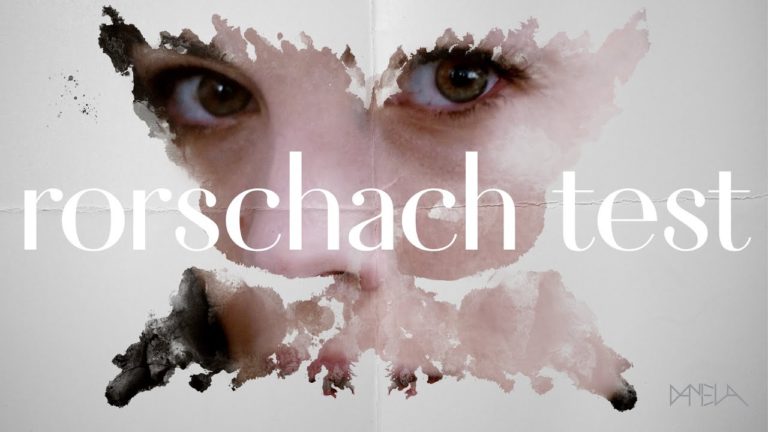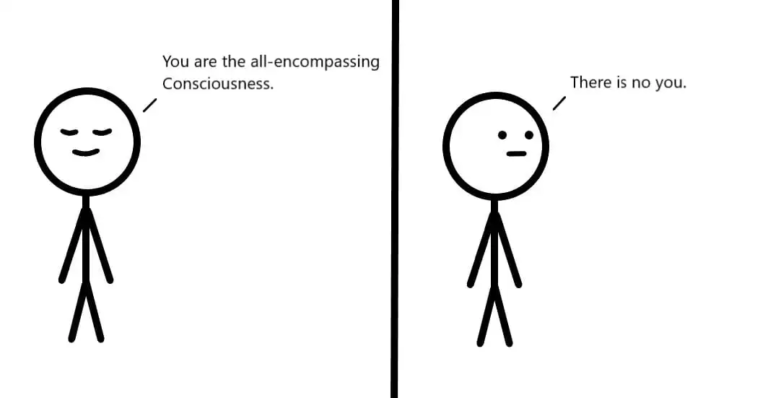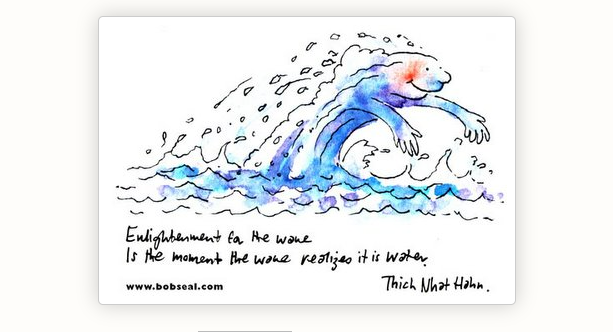Distinctions & Terminology
Yesterday’s sharing at the-hum brought forth a number of terms which might deserve to be looked at more closely: Words elicit some form of reference experience, i.e. we each may have a certain understanding of what a particular term is pointing to or pointing at.
Disclaimer: The content offered for consideration below is from the perspective of the post author only – the-hum attendees may hold different points-of-view, and are invited to share them in the “Comments” section at the bottom. – Eventually this content shall go into a the-hum-glossary, intending to bring differentiation into our use of language and enhance rapport and connection in communication.
the-hum
- a word pointing to the background in which everything appears to emerge and disappear in
- it isn’t a thing, sound or otherwise measurable phenomenon – as it points to that which is beyond all language, beyond any object that is separate from a subject
- it does not exist per se, nor would it have any dimension, including boundaries or beginning or end
- it is not a state, experienced by an individual, such as happy, sad, enlightened, troubled, etc.
- etc.
the flow & the zone
- often used synonimously to refer to a state an individual may experience
- often called a state-of-consciousness, or a state-of-mind – it suggests
States can be controlled, manipulated and willfully created or dis-created. They also occur naturally as a reaction to stimuli: A sudden outbreak of fire might cause a state of panic.
The flow & the zone are labels for states that are considered desirable: They are often inspired and highly conducive for enhanced performance.
Characteristics of the flow & the zone
- 100% of the free attention of an individual is focused on a particular activity (sports, sex, art, etc.)
- there is often a sense of bliss present, an absence of feelings that are considered personal
- As a state, being in the flow or the zone can be practiced through techniques such as meditation
- Other therapeutic approaches offer tools and techniques for an individual to change their state, including moving into the zone or the flow
Spiritual Seekers & the Zone
- Spiritual seekers may use different meditation techniques to alter their state
- A popular objective is to quiet the mind, slow down or ideally stop the appearance of thought – with an expectation to access a blissful state, which might be referred to as “zone”
Inner States & Nonduality
- Inner States occur in individuals, as in states-of-mind of a person
- Nonduality presupposes that there is neither a person nor an individual
- In nonduality it is assumed (by no one) – that there is “not two” …
- Nonduality talks from “what is” – and presumes that ultimately it is unknowable by the mind
- Using language to talk about nonduality is paradoxical
- Nonduality is not a state to be achieved by anyone
What is Nonduality
- It is not possible to say what it is – as it does not exist as a “thing” that can be named
- It can be pointed to in a variety of ways, including poetry, art, etc.
- Holism is expressed through “what is” – which is unknowable and escapes the comprehension of the human mind
- It already is, always and forever – hence it cannot be achieved through practice
- It doesn’t recognize individuals as separate entities – hence there is no one to achieve anything
The 24-7 permanent Bliss Trap
- Often there is a question about how to hold the blissful state once reached, i.e. how can it be “installed” permanently?
- Of course it can’t for various reasons, including these: True awakening is neither a thing nor a state – it is our true nature, unexplainable. There is also no separate individual self that achieves or reaches any state, and then finds out how to “stay there” ………
- These are typically very bad news for a personal self, as it frustrates the hell out of its ongoing striving to achieve that permanent state of enlightenment, and be done with human suffering once and forever!
This is not to say that…
- It is bad to practice skills and use tools to achieve objectives
- That apparent individuals can choose to adopt certain habits or adopt certain beliefs that are helpful for them to reduce their suffering
- It is not wrong to move furniture around inside a imaginary house – it just won’t change the house to be imaginary
- At the end of the day, it boils down to this: Most of us have bought into a dream, which we adopted as real
- It is a paradigm shift to realize, that what we believe in our waking hours, is nothing but a dream – threads made of thoughts and woven into the fabric we call our life!

